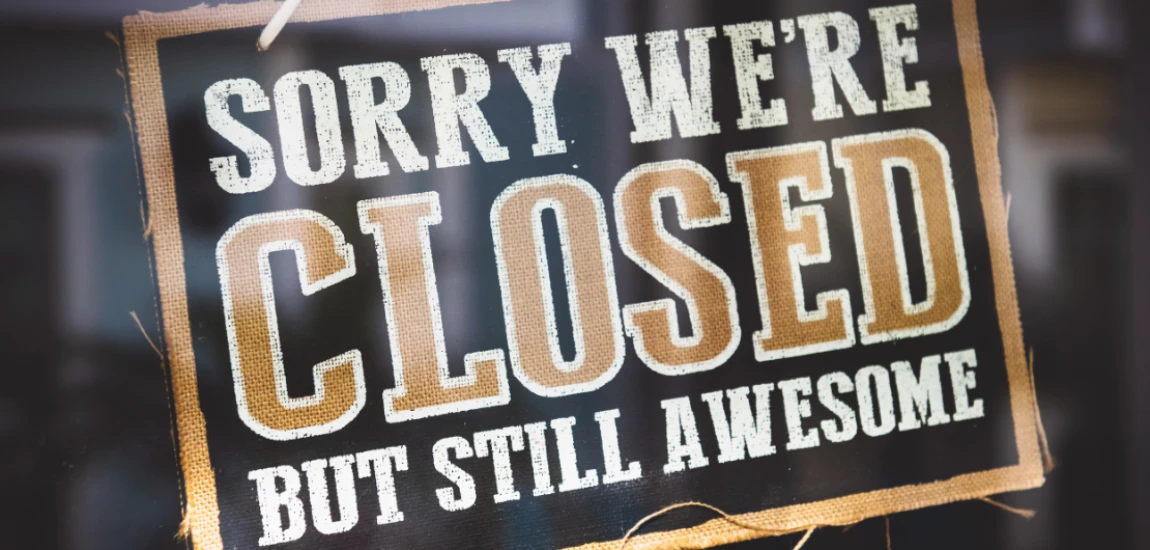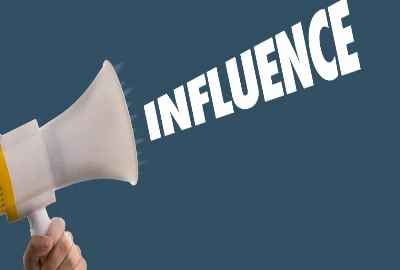Collective Cringe: Why We’re Always Apologizing for Our Old Selves

Scroll back far enough on anyone’s social media and you’ll eventually hit the cringe zone—grainy selfies, melodramatic captions, outdated trends, or oversharing that now feels unbearably awkward. For many, the instinct is immediate: delete, archive, or at the very least, apologize. This behavior, sometimes dubbed collective cringe, reflects a curious part of online culture. We’re not only embarrassed by who we used to be—we feel a collective pressure to acknowledge it, often with humor, disclaimers, or self-deprecation.
Why do we do this? Partly because the internet never forgets. Unlike physical diaries or photo albums tucked away in closets, our digital past is always one scroll away, visible to friends, employers, or strangers. At the same time, the speed of cultural change online means what was once normal (duck-face selfies, Tumblr angst, or cringey dance trends) can feel outdated in just a few years.
This blog explores the psychology and cultural mechanics behind collective cringe. We’ll look at why people constantly apologize for past selves, how social media accelerates embarrassment, and whether embracing our digital history might be healthier than erasing it.
The Internet’s Permanent Archive: Why the Past Stays Present
One of the main reasons collective cringe exists is the permanence of online content. Before social media, embarrassing moments were fleeting. A bad haircut, an awkward high school presentation, or a cringe-worthy fashion choice lived mostly in memory (or maybe in a yearbook photo). Online, however, these moments become permanent records, often stored on platforms that encourage scrolling backward in time.
Facebook’s “On This Day” reminders, Instagram’s archives, or even TikTok resurfacing old posts make it easy for our past selves to resurface—whether we want them to or not. The problem isn’t just personal embarrassment; it’s public visibility. Our awkward phases aren’t tucked away in a shoebox—they’re searchable, shareable, and often immortalized by screenshots.
This permanence creates pressure to curate and control our digital past. People often go through “digital spring cleanings,” deleting or archiving old content to align with who they are now. For influencers, celebrities, or job seekers, this practice is often strategic—ensuring their online presence matches their current brand. But even for everyday users, the existence of old posts creates a need to distance themselves from who they once were.
The internet collapses time in a way that makes identity shifts more jarring. You might feel worlds away from your 2012 self, yet that version of you is still alive online, waiting to be rediscovered. This collapse feeds collective cringe, making us hyper-aware of how much we’ve changed and how much the internet remembers.

Why We Cringe at Our Old Selves
Psychologists suggest that cringe arises when we recognize a gap between who we were and who we are now. It’s less about the action itself and more about how it conflicts with our current values, maturity, or identity. Looking back at old posts feels like watching a stranger—except the stranger is us.
This discomfort is amplified online because identity is so tied to performance. Every caption, outfit, or selfie was once a deliberate presentation of self. When those performances no longer align with who we are, they feel embarrassing. It’s not just “I can’t believe I wore that,” but “I can’t believe I thought that was me.”
Cringe also works as a kind of social signal. Publicly acknowledging our past mistakes or awkwardness allows us to demonstrate growth. When someone reposts an old emo photo with the caption, “We don’t talk about 2011 me,” they’re not just making fun of themselves—they’re showing followers that they’ve evolved. This self-deprecation functions as a defense mechanism, disarming criticism before others can make it.
Importantly, collective cringe isn’t just individual. Online communities bond over shared embarrassment. Millennials laugh about their Tumblr phases, Gen Zers poke fun at their early Musical.ly content, and even boomers cringe at their early Facebook overshares. The embarrassment becomes communal, turning what could be shame into humor and solidarity.

The Role of Trend Cycles in Making Things Cringe
Another driver of collective cringe is the speed at which trends come and go online. What feels cutting-edge one year becomes laughable the next. Just think of planking, Harlem Shake videos, or more recently, TikTok dance challenges.
Because the internet accelerates trend cycles, people are constantly recontextualizing their past behavior. What once earned likes and validation can later feel desperate or awkward. Algorithms amplify this by resurfacing old trends, allowing newer audiences to ridicule content that was once mainstream.
Fashion and aesthetics follow a similar pattern. Skinny jeans, once a staple, are now meme-worthy among younger generations. Phrases like “cheugy” or “basic” emerge to describe styles that have fallen out of favor. As cultural references shift, people naturally feel embarrassed by their alignment with trends that are no longer cool.
This cultural churn ensures that cringe is inevitable. No matter how carefully you curate yourself now, chances are today’s choices will look outdated tomorrow. The speed of online change guarantees that we will all look back and apologize for something—whether it’s slang, selfies, or hashtags we once thought were clever.

The Business of Cringe: Content, Comedy, and Rebranding
Interestingly, cringe has also become content. Influencers and creators often lean into their pasts, making videos reacting to their old posts, reading embarrassing tweets, or revisiting outdated outfits. This type of content resonates because it taps into collective experience—everyone has an awkward past, and watching others laugh at theirs makes us feel less alone.
Apologizing for old selves also functions as a tool for rebranding. Celebrities frequently scrub their digital footprints to align with current images. Others use apology videos or interviews to acknowledge cringe-worthy behavior as part of a narrative of growth. In this sense, cringe isn’t just personal—it’s performative, a way to show the audience that you’ve evolved.
Brands, too, play into cringe. Nostalgia marketing often reintroduces old aesthetics with a wink, transforming what was once embarrassing into retro-chic. Consider how Y2K fashion, once ridiculed, has returned as a stylish trend. By rebranding cringe as vintage or ironic, brands capitalize on cycles of embarrassment and acceptance.
Cringe, then, isn’t just a feeling—it’s a resource. It can be monetized, laughed at, or strategically acknowledged to move forward.

Moving Beyond Cringe: Embracing Old Selves Without Apology
While collective cringe can be funny, it can also create unnecessary shame. Constantly apologizing for old selves risks denying the natural process of growth. After all, if we didn’t once think, dress, or act differently, we wouldn’t have evidence of how far we’ve come.
One way to move beyond cringe is to reframe it as evolution. Instead of deleting old content, some choose to keep it visible as a record of personal history. Others embrace their past selves as authentic to who they were at the time, even if those versions now feel distant.
Practicing self-compassion is also crucial. Everyone has embarrassing phases, and cringing at the past is proof of growth, not failure. By recognizing that online identity is fluid, we can avoid the trap of endless self-apology.
Finally, embracing old selves collectively can strengthen community. Laughing together at shared pasts—whether it’s emo phases, dance trends, or awkward selfies—turns shame into solidarity. Instead of apologizing, we can acknowledge: that was me, and I’ve changed, and that’s okay.




